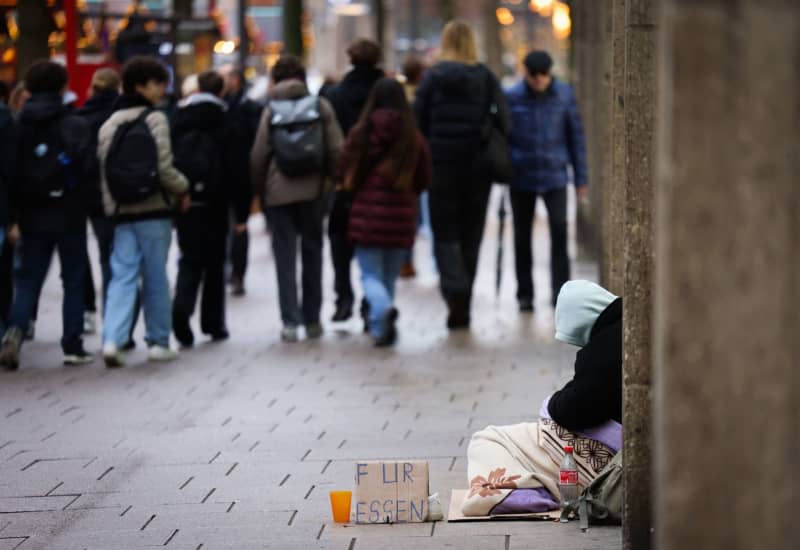
Due to high rents and related housing costs, more people in Germany are living in poverty than previously assumed, a study published on Friday showed.
Many households spend more than a third of their income on housing costs, with some spending more than half, according to an analysis of Federal Statistical Office data from a leading German charity organization, the Paritätische Gesamtverband.
After deducting rent, related housing costs, loan interest and other expenses, more than 17.5 million people reportedly have a disposable income in the poverty range, the analysis showed.
Advertisement
Advertisement
People in Germany are considered to be in poverty if they have less than 60% of the median income available to them monthly. The median income is the income at which exactly half the population earns more and the other half earns less.
Criticism: Amount of poverty overlooked
The organization noted that millions of people remain invisible within the usual poverty statistics because their housing costs are not considered. “Anyone who only looks at income, but not at the fact that people have less and less money available because they have to cover high housing costs, overlooks the extent of poverty in Germany,” it stated in the analysis.
In fact, according to the report, 5.4 million more people are living below the poverty line in Germany than previously assumed. When adjusted for housing costs, more than 20% of the population is considered poor. According to these calculations, the threshold for a single-person household is a disposable income of €1,016 ($1,063) per month.
Equal income does not mean equal financial situation
The research group cites an example of a pensioner with a standard pension of €1,770. With a long-term rental contract and €450 rent, this person is not considered poor. However, if the pensioner has to move, say to a barrier-free flat, and suddenly pays €900 in rent, then that person drops below the poverty line.
Advertisement
Advertisement
“The standard of living is no longer determined solely by the level of income; increasingly crucial are the questions of how much money a person has to spend on housing and how much is left over,” the study said.
Equal incomes may suggest a similar standard of living, but the financial situations of those affected may in fact be very different.
Hamburg, Bremen and Saxony-Anhalt particularly affected
The analysis indicates that young adults under 25 – including many students – as well as older people over 65, are particularly affected by so-called housing poverty.
Those living alone are more affected than couples, as they usually have higher housing costs per person. The situation is reportedly worst for single people of retirement age.
Advertisement
Advertisement
More in World
There are also regional differences: In Bremen, Saxony-Anhalt and Hamburg, housing poverty is most prevalent, while it is least severe in Baden-Württemberg and Bavaria. The difference between the conventional and the housing cost-adjusted poverty rate is particularly high in Hamburg and Schleswig-Holstein.
The Paritätische Gesamtverband calls on the future federal government to create new and permanently socially supported housing.
“A targeted policy to prevent poverty in Germany requires good wages, better social security, and a housing policy that keeps rents affordable,” declared the chief executive, Joachim Rock.
EMEA Tribune is not involved in this news article, it is taken from our partners and or from the News Agencies. Copyright and Credit go to the News Agencies, email news@emeatribune.com Follow our WhatsApp verified Channel





